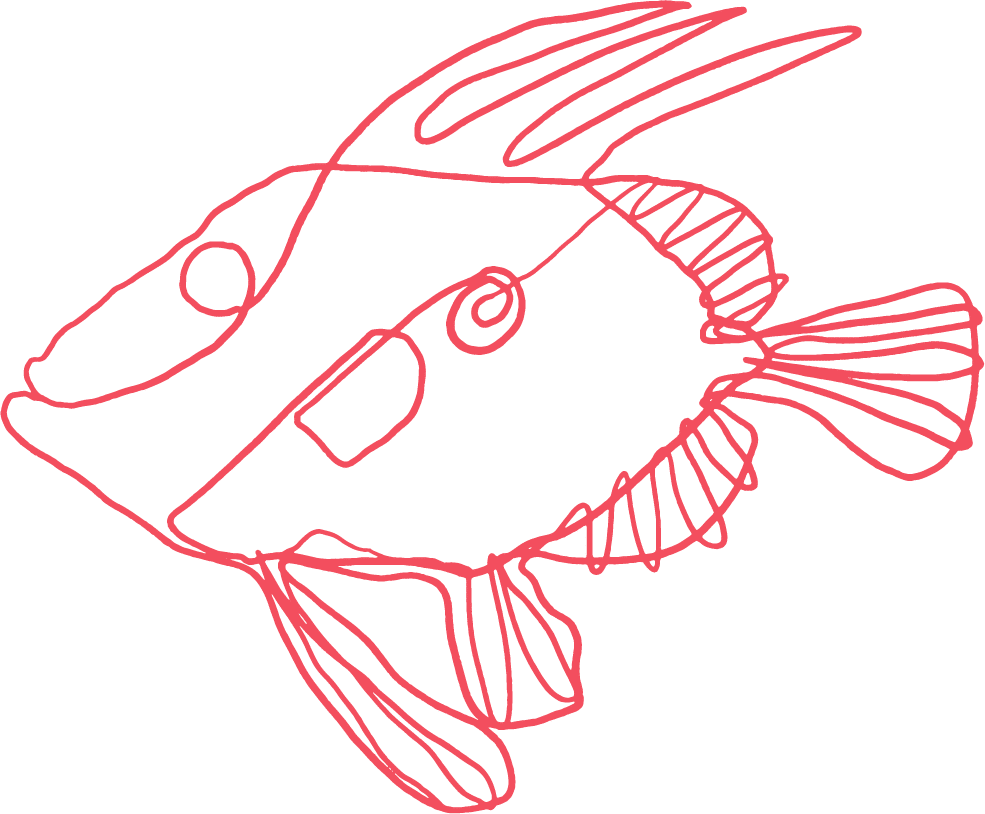![]()

![]()

Saithe, Coalfish
Coley is a sleek, fast-swimming member of the cod family, easily recognised by its dark grey to black upper body, silvery-white belly, and a straight, pale lateral line running along its sides. It has a streamlined body with three dorsal fins and a slightly protruding lower jaw. When cooked, its flesh turns from greyish to a clean, bright white.
Coley is a cold-water species found throughout the northeast Atlantic, including the North Sea, Norwegian Sea, and around the British Isles. In UK waters, it is more common in the northern regions, especially off Scotland and the northern North Sea. Coley prefers deeper, cooler waters and is often found near rocky seabeds, reefs, and wrecks, where it forms large shoals.
Sustainability Rating

Status: Coley is considered a sustainable alternative to overfished species like cod and haddock. However, sustainability varies by region and fishing method.

Best Choice: Coley caught by handlining or from MSC-certified fisheries in the North Sea and Northeast Arctic.

Avoid: Coley from fisheries with poor management or caught using methods with high bycatch rates, such as certain gill nets.
Culinary Uses

Coley has a firm texture and mild flavour, making it versatile in the kitchen.

Commonly used in fish pies, fish cakes, and curries.

Can be grilled, baked, pan-fried, or poached.

Its affordability and sustainability make it a popular choice among chefs and home cooks seeking alternatives to cod.
Best Fishing Practices

Handlining is the most sustainable method, offering selective fishing with minimal bycatch.

Demersal trawling and gill netting are also used but can have higher environmental impacts if not properly managed.

Consumers should look for MSC-certified products to ensure responsible sourcing.
Seasonality

Available year-round, but most abundant during the autumn and winter months.

Peak landings occur from October to April, aligning with their natural migration patterns.
Why Choose Coley?
As a sustainable and affordable white fish, coley offers a responsible alternative to more commonly consumed species facing overfishing pressures. Its versatility in cooking and availability make it an excellent choice for those looking to diversify their seafood consumption while supporting healthier marine ecosystems.
Book now
Join us at Faber Restaurant to explore our menu. Book a table today using the form below or call us on 0208 161 9800 if you have any special requirements.
And we are here! For office Christmas parties, canapes, light bites & celebrations, or a full festive fish supper (and fishless for the more carnivorous or vegetarians).
Read moreWe’ve been invited to host our very ow Chef’s fish counter and tasting menu at The Holborn Dining Room, part of The Rosewood Hotel London.
Read moreThis summer we’ll be taking up residency in collaboration with Setlist @ Somerset House. Shucking oysters on the riverside terrace
Read more
